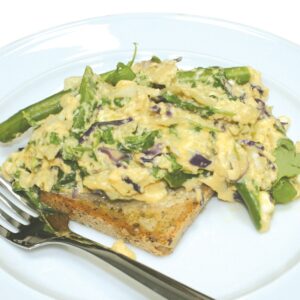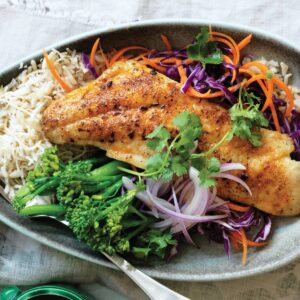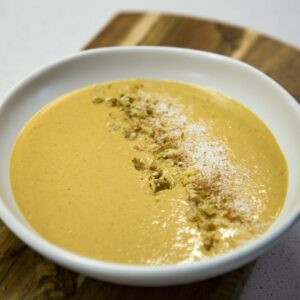
It’s easy to wrap your filling of choice for a handheld lunch to go. But there are a few traps on the wrap shelf. HFG senior nutritionist Rose Carr investigates.
Unleavened breads have been around in various forms since ancient times but what we call wraps have only gained popularity over the past five to 10 years. Be careful, however: sandwich bread for a wrap, however, could be a trap if you don’t check a few key details.
What are wraps?
Standard breads are leavened, or risen, using some type of gas-forming ingredient such as yeast or a sourdough culture. These breads can be aerated to the point that up to 80 per cent of the volume is actually empty space, although many are denser than this.
Unleavened bread such as wraps can have many of the same ingredients, some including yeast, but as they have not risen to expand in volume they are much denser. So even though a wrap may be relatively thin, looks can be deceptive when thinking about the energy and nutrients they contain compared to a couple of slices of standard bread.
What’s available?
Wraps come in many different guises. They may be called tortilla, corn wraps, tortilla wraps, Lebanese bread or just wraps.
There are so many variations on the theme of a wrap, the only way to compare the products is to check the ingredients and nutrition information to ensure what you’re getting is right for you. One trap is that the wrap may contain more energy (kilojoules) than you might think. Two slices of grainy sandwich bread provide around 500-600kJ, while a wrap can vary from 300kJ to nearly 1000kJ.
Some wraps can also be high in sodium with more than 600mg per 100g. When looking at standard bread we prefer products with 400mg or less per 100g. For wraps it depends on the size of the wrap and what’s going to go in it but less sodium is always better.
Fibre in wraps varies widely, too. We prefer standard breads with 5g or more fibre per 100g, although a wrap offers the opportunity to include more fibre in the filling.
Lunch: It’s a wrap
Once you’ve mastered the wrapping technique, you can get usually get more filling into a wrap than you can into a sandwich, making wraps ideal for those extra vegetables.
Start with sliced, diced, torn or grated salad vegetables such as carrot, tomatoes, capsicum, spring onions and salad greens; add some protein such as cooked meat or chicken, chilli beans, hard-boiled egg, hummus or reduced-fat cheese; and if needed, top with a little light mayonnaise or relish before wrapping tightly. If you have prepared too many veges to fit in your wrap, don’t save them for another time, put them in a bowl and call them a side salad.
www.healthyfood.com










